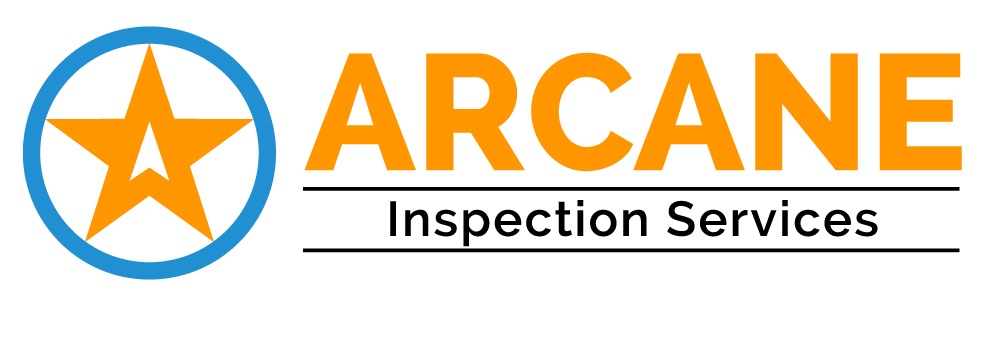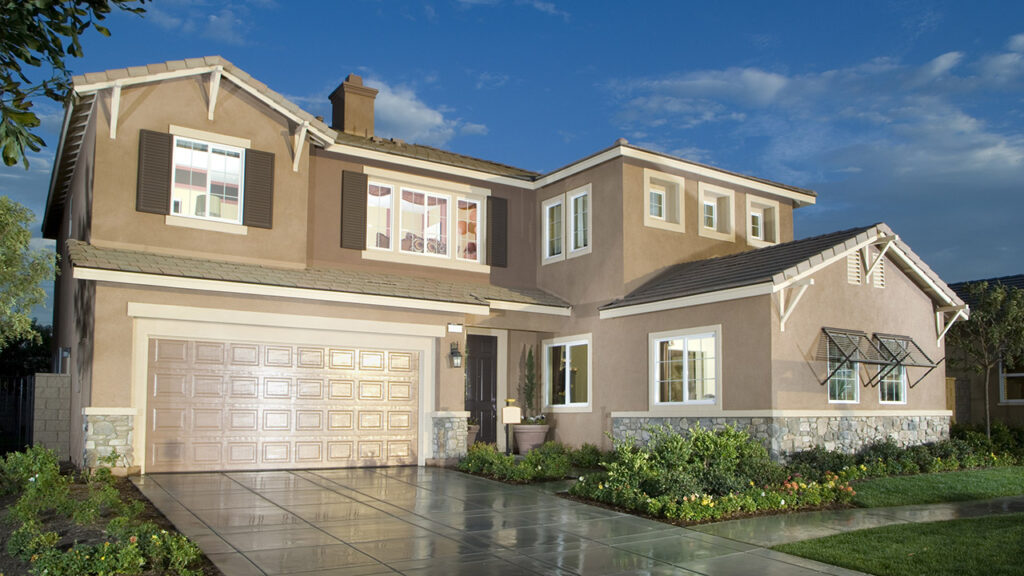Stucco Inspections
WHY DO I NEED A STUCCO INSPECTION?
Exterior stucco on homes are either hardcoat or synthetic. Both types of stucco have the ability to retain water and cause moisture levels to be 30% or higher beneath the surface of the stucco. Synthetic stucco experiences more problems than hardcoat due to consistent improper installation by synthetic stucco installers, but it is fundamentally important to moisture test both types of stucco during a real estate transaction or if moisture intrusion is suspected. With a Stucco Inspection from ARCANE Inspections Services, you’ll have the knowledge and protection you need to confidently buy property or locate possible moisture intrusion that could be destroying your property without your knowledge.
What is Hardcoat Stucco?
Stucco is a great option for homeowners who don’t want siding or brick. However, some stucco homes come with a slew of problems caused by improper application of the plaster. Stucco refers to a type of exterior plaster applied as a coating directly onto masonry or wood frame structure. The materials contained in stucco include aggregate, a binder, as well as water. Typically, it is applied wet and gradually toughens to a very dense solid state. Most individuals use it as a siding material due to its attractiveness and durability plus being a relatively low-maintenance exterior finish.
What is Synthetic Stucco?
Exterior Insulation Finishing System (EIFS), also known as EWI (Exterior Wall Insulation Systems) or External Thermal Insulation Composite Systems (ETICS) is a type of cladding system that provides exterior walls with an insulated finished surface and waterproofing in an integrated composite material system. This stucco alternative was developed in Europe and introduced in the United States during the 1960s. An EIFS cladding system utilizes a rigid-board insulation attached to masonry or stud-framed walls. A mesh-reinforced base coat is applied over the insulation board, followed by a finish coat. Although designed as a waterproof system, water and water vapor can seep behind the EIFS surface through cracks and fractures and enter the wall system. Once it does, there is no way for water to escape the non-breathable EIFS.
What is a Stucco or EFIS Inspection?
Stucco or EFIS inspections are a series of tests and analyses performed on your property’s interior and exterior surfaces to determine moisture levels. These tests may include the use of moisture reading and special equipment for use on your home’s surfaces.
Due to stucco’s & EFIS’s permeability, proper installation is very important. As part of your stucco & EFIS inspection, some details like weep screeds, expansion joints, head flashings, joints around windows and doors and kick out flashings can be visually inspected. However, the majority of the fine details, such as drainage planes, window and door flashings and moisture barriers that are behind the stucco also need to be looked at.
Thus, to comprehensively assess the performance of the system, the wall’s interior wood behind the stucco/veneer stone and brick must be tested as well.
3-Levels of Inspection
1. SIDING IDENTIFICATION
During the first level of a stucco inspection, we’ll note the type of stucco used. We’ll also note the current condition and any potential issues that could come up during the later phases of the inspection. Some of the things we’ll look for in this first phase are any siding faults or oversights that could be indications of large problems with the home. We’ll also look for any areas where moisture intrusion has occurred.
2. NON-INVASIVE INSPECTION
During the second level of the inspection, we focus on giving your home a comprehensive exterior inspection. We’ll take a closer look at the home’s exterior, noting any physical damage spots and areas of improper installation. We’ll also look at areas such as the hose bulbs, flashing, electrical, and plumbing outlets, noting any stucco water damage or cracking along the way.
3. INVASIVE INSPECTION
The third and final level of our inspection is a little more invasive. This phase includes the visual assessment as well as penetration of the siding where moisture damage is present. In addition, we use moisture recording readings to help us determine the level of the damage within the stucco. These readings allow us to give you an accurate assessment of the stucco’s condition and any water damage. Once we’re finished, we cover the holes with high grade sealant to prevent further damage to your home.


